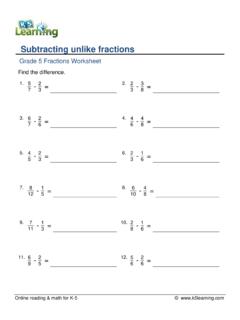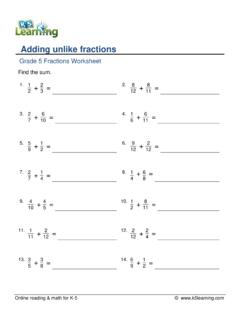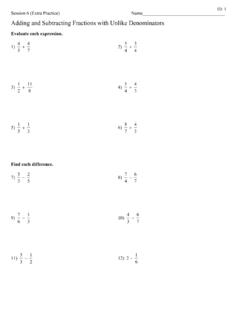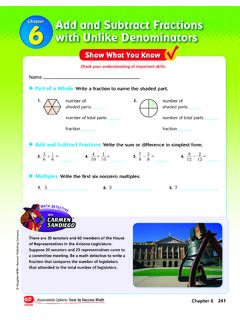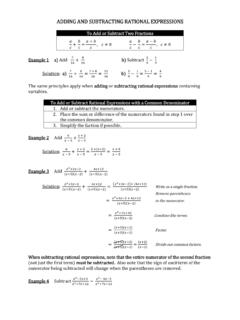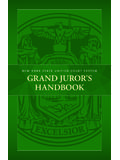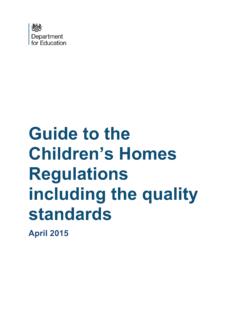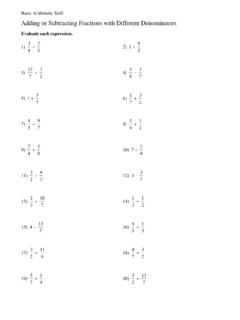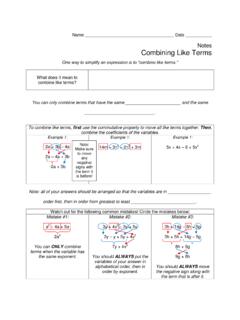Transcription of FM 3-13 - United States Army
1 FM 3-13 INFORMATION OPERATIONSDECEMBER 2016 DISTRIBUTION RESTRICTION:Approved for public release; distribution is unlimitedHEADQUARTERS, DEPARTMENT OF THE ARMYSUPERCESSION STATEMENT: This publication supersedes FM 3-13, 25 Jan 2013. This publication is available at the army Publishing Directorate site ( ),and the Central army Registry site ( )*FM 3-13 Distribution Restriction: Approved for public release; distribution is unlimited. *This publication supersedes FM 3-13, 25 January Field Manual No. 3-13 Headquarters Department of the army Washington, DC, 6 December 2016 Information Operations Contents Page iv INTRODUCTION.
2 Vi Chapter 1 INFORMATION OPERATIONS OVERVIEW .. 1-1 Section I Operational and Information Environments .. 1-1 Operational Environment .. 1-1 Information Environment .. 1-2 Section II Information Operations Defined and Described .. 1-2 The Purpose of Information Operations .. 1-4 Three Interrelated Efforts .. 1-5 army -Joint Relationships .. 1-5 Information Operations Across the Range of Military Operations .. 1-5 Section III Information Operations and Combat Power .. 1-7 Mission Command .. 1-7 Movement and Maneuver .. 1-8 Intelligence .. 1-8 Fires .. 1-8 Sustainment .. 1-8 1-8 Chapter 2 INFORMATION OPERATIONS AND DECISIVE ACTION.
3 2-1 Weighted Efforts .. 2-1 IO Enabling Activities .. 2-4 Chapter 3 ROLES, RESPONSIBILITIES, RELATIONSHIPS, AND ORGANIZATIONS .. 3-1 The Commander .. 3-1 The Staff .. 3-1 The IO Officer .. 3-4 Information-Related Capabilities .. 3-5 Information Operations Support Units .. 3-5 Contents ii FM 3-13 6 December 2016 Individual Soldiers and army Civilians .. 3-9 Chapter 4 PLANNING .. 4-1 Planning Overview .. 4-1 Receipt of Mission .. 4-3 Mission Analysis .. 4-6 Course of Action Development .. 4- 18 Course of Action Analysis and War-Gaming .. 4- 25 Course of Action Comparison .. 4- 26 Course of Action Approval.
4 4- 28 Orders Production, Dissemination, and Transition .. 4- 28 Chapter 5 PREPARATION .. 5-1 Improve Situational Understanding .. 5-2 Revise and Refine Plans and 5-2 Conduct Coordination and Liaison .. 5-2 Initiate Information Collection .. 5-4 Initiate Security Operations .. 5-5 Initiate Troop Movements .. 5-5 Initiate Network Preparation .. 5-5 Manage and Prepare Terrain .. 5-5 Conduct Confirmation Briefings .. 5-5 Conduct 5-5 Chapter 6 EXECUTION .. 6-1 Information Operations Working Group .. 6-1 IO Responsibilities Within the Various Command Posts .. 6-3 Assessing During Execution .. 6-5 Decision making During Execution.
5 6-6 Other Execution Considerations .. 6-7 Chapter 7 TARGETING INTEGRATION .. 7-1 Targeting Methodology .. 7-1 Decide .. 7-1 Detect .. 7-6 Deliver .. 7-6 Assess .. 7-7 Other Targeting Methodologies .. 7-7 Chapter 8 ASSESSMENT .. 8-1 Assessment Prioritization .. 8-1 Assessment Rationale .. 8-1 Principles that Enhance the Effectiveness of IO Assessment .. 8-2 IO Assessment Considerations .. 8-3 Chapter 9 BRIGADE AND BELOW INFORMATION OPERATIONS .. 9-1 Presence, Profile, and Posture .. 9-1 Soldier and Leader Engagements .. 9-2 Leveraging Other IRCs .. 9-2 Appendix A IO INPUT TO OPERATION PLANS AND ORDERS.
6 A-1 GLOSSARY .. Glossary-1 Contents 6 December 2016 FM 3-13 iii REFERENCES .. References-1 INDEX .. Index-1 Figures Figure 1-1. The range of military operations across the conflict continuum .. 1-6 Figure 2-1. IO weighted efforts .. 2-2 Figure 4-1. Relationship among the scheme of IO, IO objectives, and IRC tasks.. 4-2 Figure 4-2. Example graphical IO running estimate .. 4-4 Figure 4-3. IO-related factors to consider during IPB .. 4-8 Figure 4-4. Information operations input to mission analysis briefing .. 4- 13 Figure 6-1: Example template for an IO working group .. 6-2 Figure 7-1. The operations process, targeting cycle and IO-related tasks.
7 7-2 Figure 8-1. Logic of the effort example .. 8-3 Figure 8-2. Logic flow and components of an IO objective .. 8-5 Figure A-1. Appendix 15 (IO) to Annex C (Operations) ..A-2 Tables Table 4-1. Mission Analysis .. 4- 14 Table 4-2. Course of action development .. 4- 22 Table 4-3. Course of action analysis (war game) .. 4- 27 Table 4-4. COA comparison .. 4- 28 Table 4-5. Course of action approval .. 4- 29 Table 4-6. Orders production, dissemination and transition .. 4- 29 Table 6-1. Roles and responsibilities of IO working group representatives .. 6-3 iv FM 3-13 6 December 2016 Preface Field Manual (FM) 3-13, Information Operations, serves as the army s foundational doctrine for information operations.
8 The purpose of this edition is to better align army doctrine with joint doctrine, while recognizing the unique requirements of information operations in support of the land force. FM 3-13 discusses the conduct of information operations in today s complex global security environment, which requires a dynamic range of capabilities and skills: from technological capabilities, such as cyberspace operations; to individual capabilities, such as speaking a foreign language; from technical skills, such as those required to defend computer networks; to interpersonal skills, such as those required to conduct Soldier and leader engagements.
9 This manual provides overarching guidance to effectively integrate information operations into the operations process in order to create decisive effects in the information environment. The principal audience for FM 3-13 is all members of the Profession of Arms. Commanders and staffs of army headquarters serving as joint task force or multinational headquarters should also refer to applicable joint or multinational doctrine concerning the range of military operations and joint or multinational forces. Trainers and educators throughout the army will also use this manual. Commanders, staffs, and subordinates ensure their decisions and actions comply with applicable United States , international, and, in some cases, host-nation laws and regulations.
10 Commanders at all levels ensure their Soldiers operate in accordance with the law of war and the rules of engagement. (See Field Manual 27-10.) FM 3-13 uses joint terms where applicable. Selected joint and army terms and definitions appear in both the glossary and the text. Terms for which FM 3-13 is the proponent publication (the authority) are italicized in the text and are marked with an asterisk (*) in the glossary. Terms and definitions for which FM 3-13 is the proponent publication are boldfaced in the text. For other definitions shown in the text, the term is italicized and the number of the proponent publication follows the definition.










